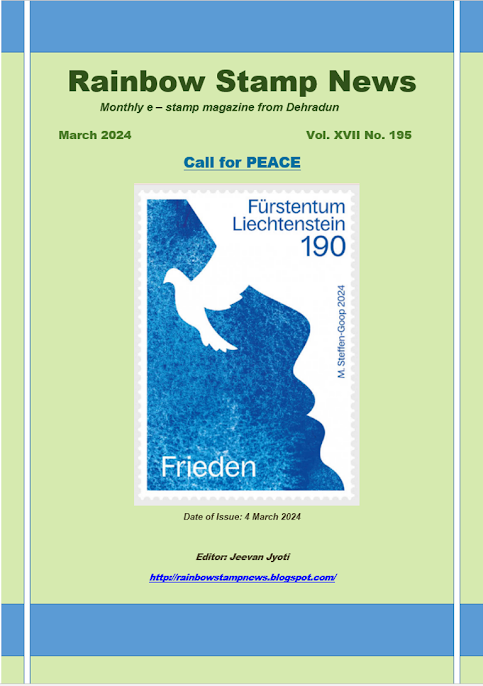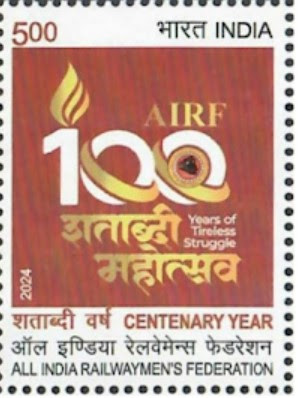Date of Issue : 18 November 2011
French Post issued a stamp yesterday to commemorate the Discovery of Insulin in the year 1921. Here is the detailed story behind Insulin that cures millions of diabetic patients…
Story behind INSULIN
In 1869 Paul Langerhans, a medical student in Berlin, was studying the structure of the pancreas under a microscope when he identified some previously unnoticed tissue clumps scattered throughout the bulk of the pancreas. The function of the “little heaps of cells”, later known as the islets of Langerhans, was unknown, but Edouard Laguesse later suggested they might produce secretions that play a regulatory role in digestion. Paul Langerhans’ son, Archibald, also helped to understand this regulatory role. The term “insulin” origins from insula, the Latin word for islet/island.
In 1889, the Polish-German physician Oscar Minkowski, in collaboration with Joseph von Mering, removed the pancreas from a healthy dog to test its assumed role in digestion. Several days after the dog’s pancreas was removed, Minkowski’s animal keeper noticed a swarm of flies feeding on the dog’s urine. On testing the urine, they found there was sugar in the dog’s urine, establishing for the first time a relationship between the pancreas and diabetes. In 1901, another major step was taken by Eugene Opie, when he clearly established the link between the islets of Langerhans and diabetes: “Diabetes mellitus… is caused by destruction of the islets of Langerhans and occurs only when these bodies are in part or wholly destroyed.” Before his work, the link between the pancreas and diabetes was clear, but not the specific role of the islets.
Over the next two decades, several attempts were made to isolate whatever it was the islets produced as a potential treatment. In 1906, George Ludwig Zuelzer was partially successful treating dogs with pancreatic extract, but was unable to continue his work. Between 1911 and 1912, E.L. Scott at the University of Chicago used aqueous pancreatic extracts, and noted “a slight diminution of glycosuria”, but was unable to convince his director of his work’s value; it was shut down. Israel Kleiner demonstrated similar effects at Rockefeller University in 1915, but his work was interrupted by World War I, and he did not return to it.
Nicolae Paulescu, a Romanian professor of physiology at the University of Medicine and Pharmacy in Bucharest, was the first to isolate insulin, in 1916, which he called at that time, pancrein, by developing an aqueous pancreatic extract which, when injected into a diabetic dog, proved to have a normalizing effect on blood sugar levels. He had to interrupt his experiments because the World War I and in 1921 he wrote four papers about his work carried out in Bucharest and his tests on a diabetic dog. Later that year, he detailed his work by publishing an extensive whitepaper on the effect of the pancreatic extract injected into a diabetic animal, which he called: “Research on the Role of the Pancreas in Food Assimilation”.
Only 8 months later, the discoveries he published were copied (or, as some say, confirmed) by doctor Frederick Grant Banting and biochemist John James Rickard Macleod, who were later awarded the Nobel prize for the discovery of insulin in 1923, which Paulescu discovered as early as 1916. By the time Banting also isolated insulin, Paulescu already held a patent for his discovery and he was the first to secure the patent rights for his method of manufacturing pancreine/insulin (April 10, 1922, patent no. 6254 (8322) “Pancreina şi procedeul fabricaţiei ei”/”Pancrein and the process of making it”, from the Romanian Ministry of Industry and Trade). Moreover, Banting was very familiar with Paulescu’s work, he even used Paulescu’s “Research on the Role of the Pancreas in Food Assimilation” as reference in the paper that brought him the Nobel.
Source : Stamp Land
11.11.11 Covers
Hi ! Just received some more covers with 11.11.11 date from my Friends and Readers. Many thanks to all of you for making this date very special !!
Vijay Modi, Himmat Nagar ( Gujarat)
R, Kasinath – Thanjavur ( Tamil Nadu)
Ankit Agarwal, Pune
Hemant Jain, Mandla (MP)






















.png)













No comments:
Post a Comment